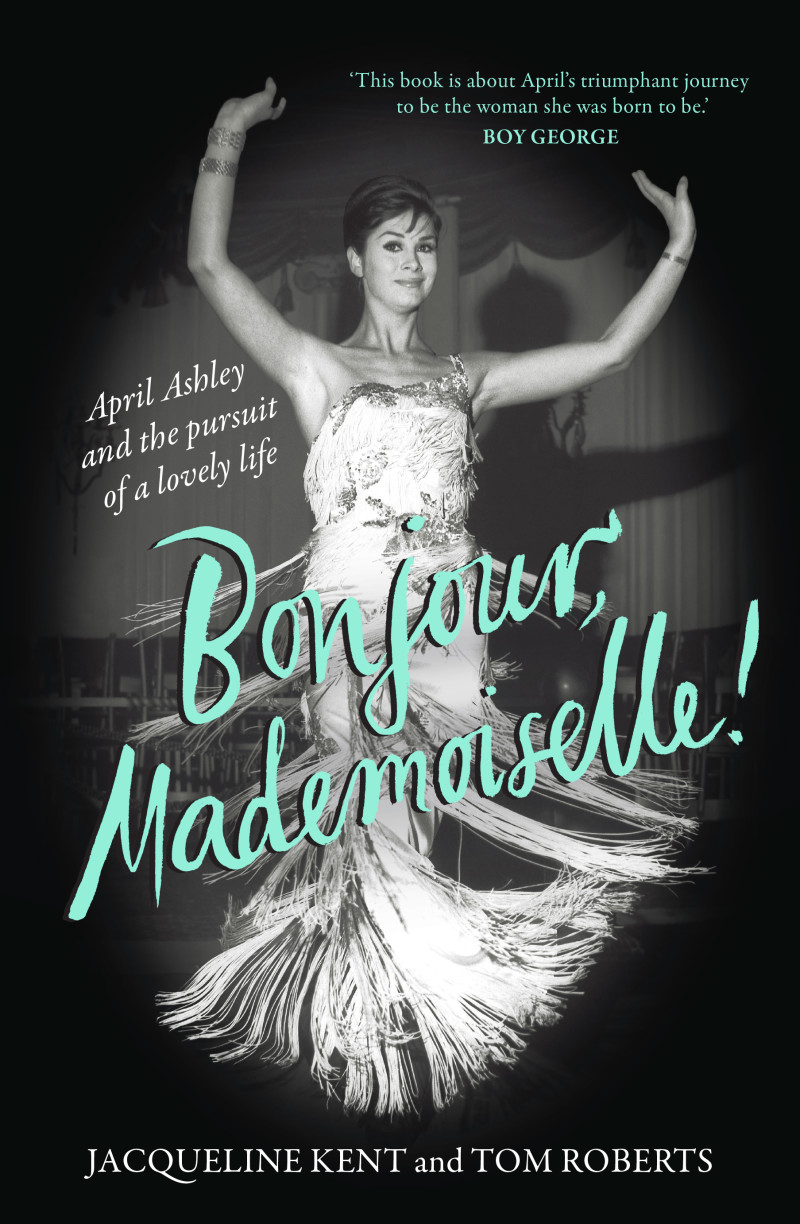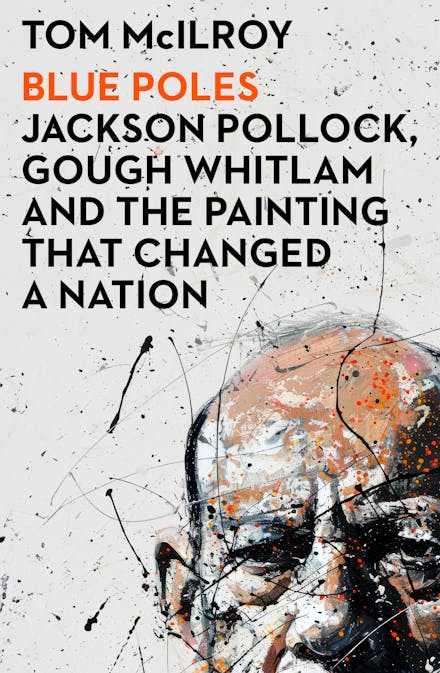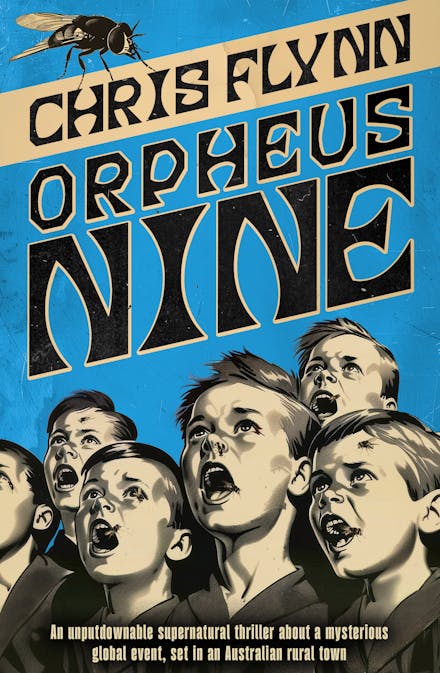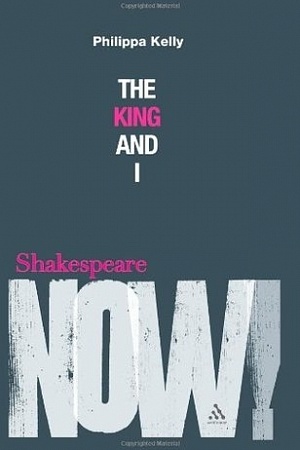Curiosity
Yale University Press (Footprint), $44.95 hb, 377 pp, 9780300184785
Curiosity by Alberto Manguel
There are two broad approaches to reading Alberto Manguel’s Curiosity. The first type of reader will study the book – or rather, the text – assiduously connecting the personal narratives that introduce each chapter with the books Manguel references in the more theoretical and discursive aspects that follow. Dante’s Commedia is a constant presence in Curiosity, so they will have their Dante in easy reach for ready consultation, and they will strive to connect Dante’s journey with Manguel’s chapter titles, all of them questions: ‘How Do We Reason?’, ‘What Is Language?’, ‘What Is an Animal?’, ‘What Comes Next?’. They will make notes as they read, in an attempt to harness the voluminous material. And they will keep a separate list of the surprisingly numerous literary references that are unknown to them. This type of reader will try to get on top of the material, bring it to heel, master it.
The second type of reader will plunge in. They will not feel the ground beneath them, rather, they will be swept up in Manguel’s narrative. As Virgil guides Dante, and Dante guides Manguel, so Manguel guides this type of reader. It is an unpredictable journey. In the first chapter alone, ‘What Is Curiosity?’, Manguel saunters from Dante to Thomas Aquinas; he makes a quick digression to Augustine and Aristotle, before slipping past Dante to David Hume and Diderot and Jean Le Rond d’Alembert, Diderot’s co-editor of the Encyclopédie (I had always thought Diderot did the job alone); there are nods to Boccaccio, Isaiah Berlin, Seneca, Socrates, and several others like Covarrubias (a Spanish lexicographer who wrote an etymological dictionary in 1611), previously unknown to this reader. This is a journey without an itinerary. A risky odyssey, it is impossible to anticipate where Manguel is heading. But this second type of reader, trusting that Manguel knows what he is doing, goes with the current. These readers are so immersed in Manguel’s wanderings that they might be in a trance as they read – this book is their entire reality. They are prickling with awareness, in a world bathed in a golden, if sometimes opaque, light. These readers are guided by Manguel, but, at the same time, they are nudged along by books they have read themselves, experiences they have had, and thoughts and ideas surface without warning.
Continue reading for only $10 per month. Subscribe and gain full access to Australian Book Review. Already a subscriber? Sign in. If you need assistance, feel free to contact us.















Leave a comment
If you are an ABR subscriber, you will need to sign in to post a comment.
If you have forgotten your sign in details, or if you receive an error message when trying to submit your comment, please email your comment (and the name of the article to which it relates) to ABR Comments. We will review your comment and, subject to approval, we will post it under your name.
Please note that all comments must be approved by ABR and comply with our Terms & Conditions.